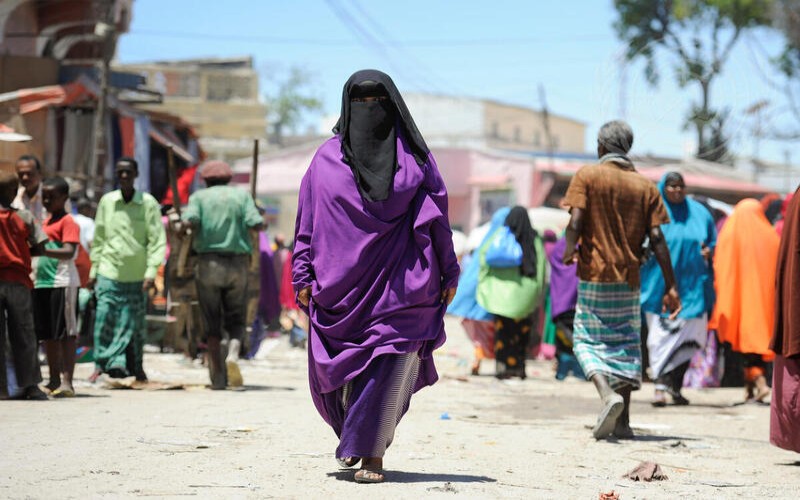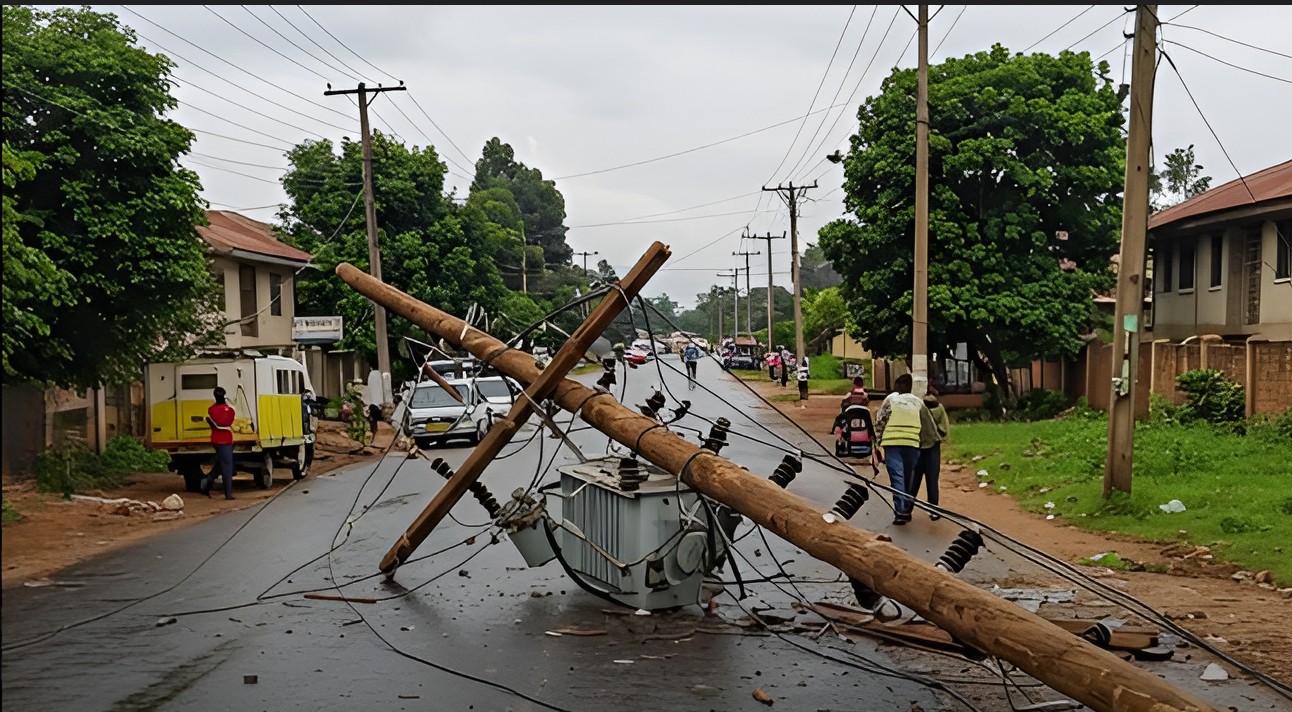The significance of twigs which have become a symbol of national mourning for Raila Odinga

In Luo tradition, twigs—known as yien—serve as powerful symbols of protection and continuity.
The news of former Prime Minister Raila Odinga’s passing on Wednesday sent waves of sorrow across Kenya, prompting thousands of people to fill streets in Nairobi, Mombasa, Kisumu, Siaya, Homa Bay, Nakuru, Migori, Kakamega, Kisii, and other counties.
Kenyans travelled by matatus, motorcycles, tuk tuks, and even handcarts, many waving twigs, honking, or blowing vuvuzelas, all united in a public show of mourning and chanting Odinga’s name.
More To Read
- I feared for my life due to planned attacks: Gachagua on why he skipped Raila’s State funeral
- Nairobi County Assembly pays emotional tribute to Raila’s enduring influence
- From India to Kasarani: The untold story of Raila Odinga’s final journey home
- Raila’s grave becomes political pilgrimage site as leaders vie for his legacy
- Four suspects arrested as detectives recover firearm stolen from GSU officer during Raila’s funeral
- ODM to hold 20th anniversary celebrations in November as tribute to Raila - Governor Abdulswamad
Among these tributes, the practice of carrying twigs and planting trees has captured attention for its cultural and spiritual significance.
Thousands have been seen holding twigs, palm leaves, and small branches, while others attach them to vehicles, homes, and gates.
This was widely seen at JKIA on Thursday, October 16, 2025, when Raila’s remains landed from India.
Hundreds of Kenyans who were at JKIA carried the twigs.
From highways to neighbourhoods, the twigs have become a visible message of grief.
Fresh saplings rooted in soil and twigs adorning doors and mirrors serve as a communal expression of loss, demonstrating solidarity in mourning.
According to the Luo Council of Elders, the twigs hold a central place in the mourning traditions of Odinga’s community.
In Luo tradition, twigs—known as yien—serve as powerful symbols of protection and continuity.
Far more than mere plants, they embody deep meanings of grief, cleansing, and the endurance of life.
During mourning, families often tie these twigs to gates, vehicles, doorposts, or windows to signify loss and invite communal support.
The practice also holds spiritual significance, believed to sweep away the shadow of death and shield the living from its presence.
When mourners carry or wave twigs, it reflects a belief that the spirit of the departed walks among them, remaining part of the community even in death.
While waving twigs conveys immediate grief, planting trees is meant to create a lasting tribute. Across western Kenya, people are planting memorial trees to honour Raila’s life and contributions.
Planting a memorial tree is viewed as an enduring way to honour a loved one, with every leaf representing the continuation of their memory and the bond between past, present, and future.
Each tree or flower chosen carries its own meaning, oaks symbolise strength, lilies purity, and roses everlasting love. Beyond remembrance, the act reflects renewal and the cycle of life that continues even after loss.
Top Stories Today












































